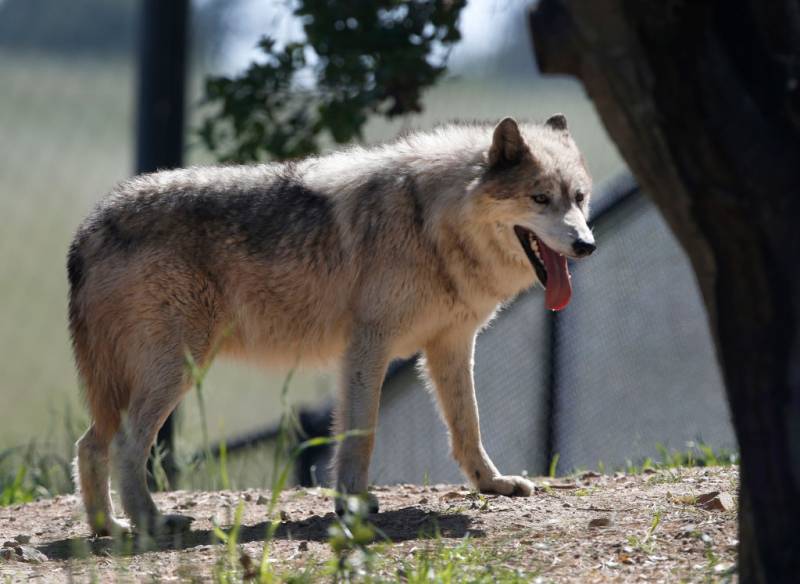All but one recent attack on livestock involved a calf. One attack in Siskiyou County in May was against a llama.
Most recently, four recent wolf attacks killed livestock in Siskiyou and Lassen counties, the latter of which was where the last gray wolf was spotted in California in 1924.
California’s predators, like the gray wolf and grizzly bear, were systematically extirpated during European colonization and subsequent attempts to conquer the West to make it safer for human development.
The wolves living in California now are descendants of the famed wolf reintroduction to Yellowstone National Park in Idaho in 1995. Their presence after a 70-year absence had a noticeable and profound impact on the local ecology, including cutting down the large deer population that had overgrazed the landscape due to the lack of predators.
As noted in several viral videos, deer began avoiding parts of Yellowstone where they were particularly vulnerable to being picked off by the wolves, allowing vegetation to regrow faster and trees to get bigger, bringing in beavers who ate the trees and built dams in waterways, which provided habitat for other species. This cascaded to other geological changes, including stabilizing river banks and creating lasting physical changes to the rivers.
Like humans before them, the gray wolves started moving west, with an adult male wolf in Oregon wearing a radio collar working his way into California in 2011. The first wolf pack was discovered four years later.
Since then, northeastern California has had a continuous wolf pack presence, including some being direct descendants of the lone wolf who crossed into the state 13 years ago.
An adult gray wolf can get up to 90 pounds, or the size of a large dog. Their paw prints, however, would dwarf any dog’s paw, getting up to five to six inches long.
A killing dilemma
California has changed since the last time wolves and humans shared the landscape.
“They’re not coming back to natural wilderness,” Hunnicut said.
In the 1920s, California’s population passed 4 million people. Now, there are 39 million people in the state and, as Hunnicut points out, more than one million heads of non-avian livestock – or cattle, sheep, goats, and pigs – and wolves can travel up to 12 miles a day looking for their next meal.
“A lot of that livestock is exactly where the wolves are,” Hunnicut said. “They’re in these rural, remote areas. To the average California citizen who might live in a more urban area, it is a novelty. It is exciting. ”
But at the same time, Hunnicut notes that workers in California’s agricultural sector face new challenges in the landscape in which they live and work every day.
The CDFW is responding to the wolf attacks on cattle by having discussions with boards of supervisors in places like Sierra and Plumas counties about what can be done to protect cattle while also respecting space for wolves.
But one option is entirely off the table: California doesn’t allow people to kill wolves, no matter how much livestock they kill.
“They’re a state and federally endangered species, so they have full rights and protection,” Hunnicut said, adding that there’s a need for strategies to deter wolves from hunting livestock. “Hopefully, we can find the tools and technology and the conversations to have with people to allow for native predators and people in the agricultural sector to flourish and be successful in their lives.”
Bay Area residents don’t have to worry about wolves snagging their livestock or even a pet. Hunnicut said the wolves living closest to the Bay Area are just north of the Tahoe Basin, but people shouldn’t seek them out.

